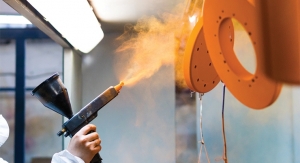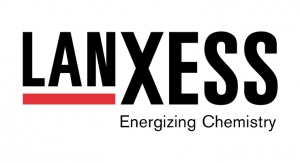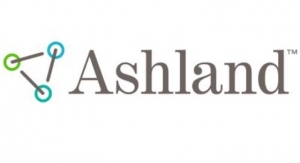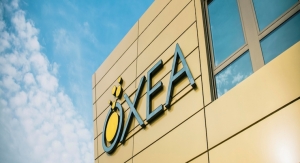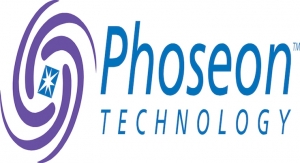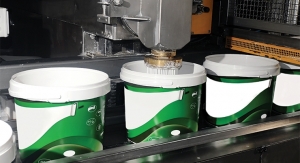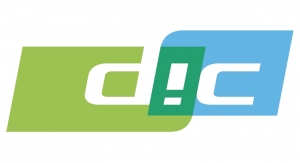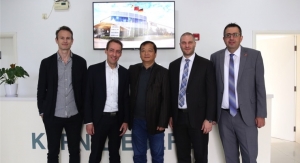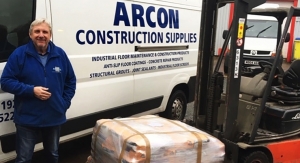Jennifer Hawkins, Contributing Writer07.03.19
It was a tumultuous first half of the year for the global epoxy resins industry. Global economic headwinds and the U.S./China trade war weighed down on consumer sentiment and this created a pervasive negative outlook for the epoxy resins and its downstream markets. Then on March 21, a tragic explosion at a pesticide/fertilizer plant in Jiangsu, China saw a huge swathe of plants in the surrounding areas being shut for safety inspections. Up to 50 percent of China’s epoxy resins capacity is based in this region. There was a collective intake of breath as market participants across the world feared that supply in China and then Asia would suddenly tighten and send prices rocketing. But then, news emerged that the downstream plants had also been shut, meaning that both epoxy resins supply and demand in China had ground to a halt. As a result, the accident hardly registered a blip in the Asian, European and the U.S. markets for most of April and May but this was because both demand and supply were being artificially suppressed by the safety inspections.
This also meant that the epoxy resins’ feedstock markets, epichlorohydrin (ECH) and bisphenol A (BPA), also suffered. Bisphenol A has had a particularly bad run since the middle of last year as its major end-use consumption from polycarbonate has been hit by the weak performance of the automobile industry and escalating tensions in the current trade war. The epichlorohydrin market also stagnated during this time even though Hali, the largest global ECH producer, based in China, had all of its lines shut. This was because one plant in Shandong was shut at the end of October 2018 following an environmental inspection and then its remaining line in Jiangsu was also shut for safety inspections after the accident in March. Also, another large ECH producer, Yihai Kerry was reported to have been shut down in May due to certification problems and all of its inventory stock had been sold out.
Then, towards the end of May, some of the Chinese epoxy resins producers and their downstream customers were given permission to restart. By early June, it was becoming clear that epichlorohydrin supply in China was tightening at an alarming rate and within one week prices had jumped by more than Rmb2500-3000/ton ($320-385/ton before VAT). Bisphenol A values in Asia also started to increase during this time but any rise was expected to be capped by a poor performing polycarbonate market. (Normally, the polycarbonate market has an average 65 percent share in total bisphenol A consumption.)
There was a very similar scenario back in mid-2017 when environmental policies in China saw a number of ECH plans being shut to make necessary modifications to their wastewater management. As a result, epichlorohydrin supply in China became very tight – Asian suppliers in the region quickly diverted their export volumes from the U.S. and Europe to a more favorable Chinese market ECH prices rocketed and it wasn’t long before epoxy resins prices were following the same sharp trajectory. It took almost four months before the global epichlorohydrin and epoxy resins markets finally settled down. Sources believe that it is going to be the same story for summer 2019 and the first signs have already started to emerge.
It is possible that it is going to be a tough summer for epichlorohydrin and epoxy resins buyers but there is light at the end of the tunnel. The ECH tightness is expected to be short-lived. The reality is that the world has more epichlorohydrin than it can cope with and it will take very little for the market to descend back into its usual oversupply situation. A new epichlorohydrin producer had started trial production at its new plant in May and a further two new manufacturers are expected to bring production online in Q3 2019. Also, a propylene oxide producer in China has the ability to switch its production to ECH. In other words, almost 200 ktpa of extra ECH capacity is due to start before the end of this year. However, much will depend on Chinese demand; if this falls back to the same depressed state as it was before the Jiangsu fire, it is likely that the global epoxy resins markets will settle down again very quickly.
Jennifer Hawkins reports and provides in-depth analysis on the European, North American and Asian phenol, acetone, bisphenol A, epichlorohydrin and polycarbonate markets for a monthly report published by Tecnon OrbiChem. If you would like to contact Jennifer you can do so at jennifer.hawkins@orbichem.com
Tecnon OrbiChem has been a leader in providing data and analysis to the petrochemical industry since 1976. The company is now one of the world’s foremost marketing consultancies to the bulk chemicals, petrochemicals and plastics industries, specialixing in chemical intermediates, synthetic Fibers and resins. For further information go to www.orbichem.com.
This also meant that the epoxy resins’ feedstock markets, epichlorohydrin (ECH) and bisphenol A (BPA), also suffered. Bisphenol A has had a particularly bad run since the middle of last year as its major end-use consumption from polycarbonate has been hit by the weak performance of the automobile industry and escalating tensions in the current trade war. The epichlorohydrin market also stagnated during this time even though Hali, the largest global ECH producer, based in China, had all of its lines shut. This was because one plant in Shandong was shut at the end of October 2018 following an environmental inspection and then its remaining line in Jiangsu was also shut for safety inspections after the accident in March. Also, another large ECH producer, Yihai Kerry was reported to have been shut down in May due to certification problems and all of its inventory stock had been sold out.
Then, towards the end of May, some of the Chinese epoxy resins producers and their downstream customers were given permission to restart. By early June, it was becoming clear that epichlorohydrin supply in China was tightening at an alarming rate and within one week prices had jumped by more than Rmb2500-3000/ton ($320-385/ton before VAT). Bisphenol A values in Asia also started to increase during this time but any rise was expected to be capped by a poor performing polycarbonate market. (Normally, the polycarbonate market has an average 65 percent share in total bisphenol A consumption.)
There was a very similar scenario back in mid-2017 when environmental policies in China saw a number of ECH plans being shut to make necessary modifications to their wastewater management. As a result, epichlorohydrin supply in China became very tight – Asian suppliers in the region quickly diverted their export volumes from the U.S. and Europe to a more favorable Chinese market ECH prices rocketed and it wasn’t long before epoxy resins prices were following the same sharp trajectory. It took almost four months before the global epichlorohydrin and epoxy resins markets finally settled down. Sources believe that it is going to be the same story for summer 2019 and the first signs have already started to emerge.
It is possible that it is going to be a tough summer for epichlorohydrin and epoxy resins buyers but there is light at the end of the tunnel. The ECH tightness is expected to be short-lived. The reality is that the world has more epichlorohydrin than it can cope with and it will take very little for the market to descend back into its usual oversupply situation. A new epichlorohydrin producer had started trial production at its new plant in May and a further two new manufacturers are expected to bring production online in Q3 2019. Also, a propylene oxide producer in China has the ability to switch its production to ECH. In other words, almost 200 ktpa of extra ECH capacity is due to start before the end of this year. However, much will depend on Chinese demand; if this falls back to the same depressed state as it was before the Jiangsu fire, it is likely that the global epoxy resins markets will settle down again very quickly.
Jennifer Hawkins reports and provides in-depth analysis on the European, North American and Asian phenol, acetone, bisphenol A, epichlorohydrin and polycarbonate markets for a monthly report published by Tecnon OrbiChem. If you would like to contact Jennifer you can do so at jennifer.hawkins@orbichem.com
Tecnon OrbiChem has been a leader in providing data and analysis to the petrochemical industry since 1976. The company is now one of the world’s foremost marketing consultancies to the bulk chemicals, petrochemicals and plastics industries, specialixing in chemical intermediates, synthetic Fibers and resins. For further information go to www.orbichem.com.


